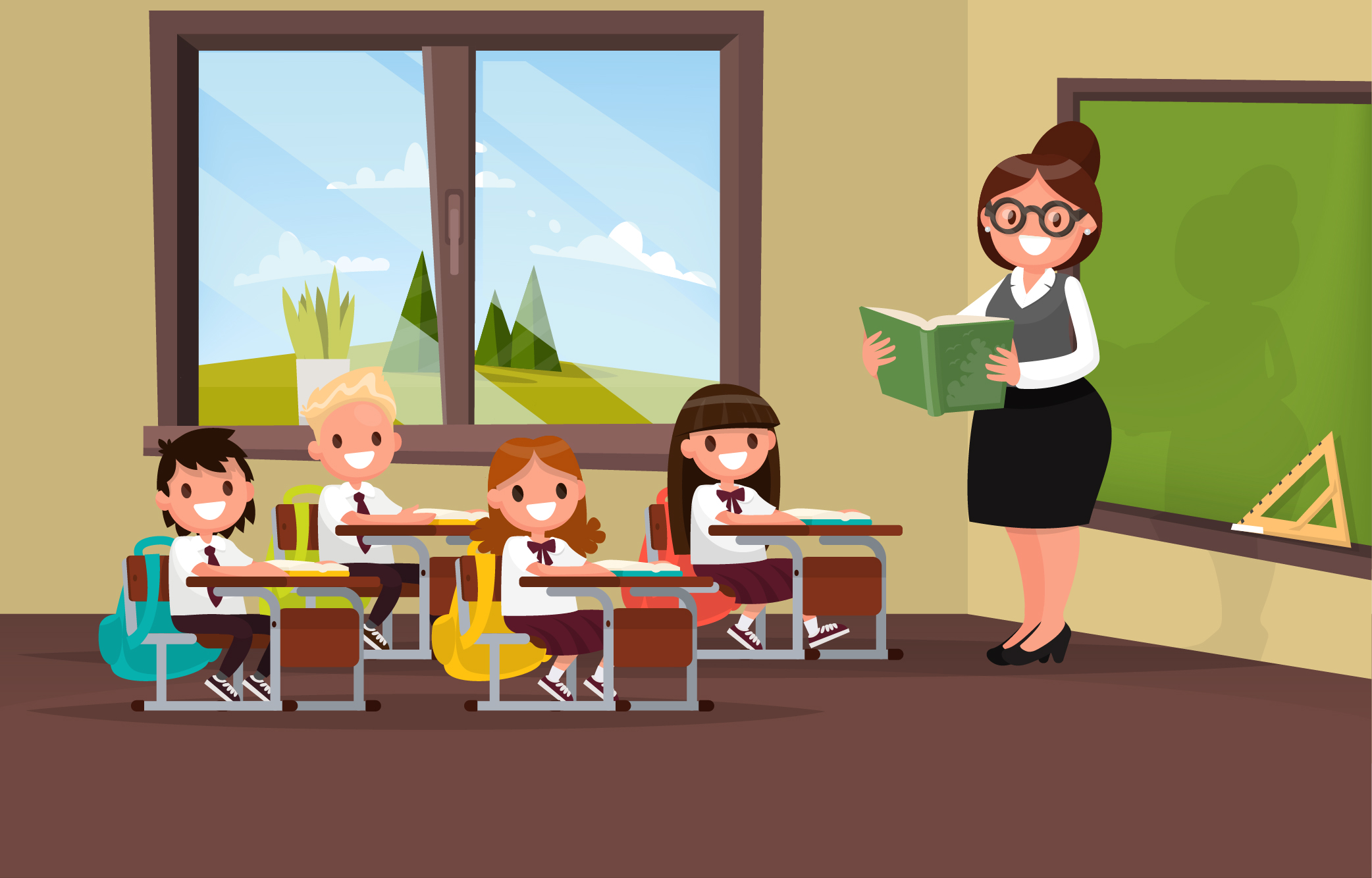In addition to sophisticated curricula, it has become increasingly popular among parents to look for schools that sustain a friendly, positive climate which most teachers aim to foster. Both educators and students spend near half their day, five days a week, in each other’s company. It’s clear, teachers can help build a positive school culture which will aid in the development of students.
But finding this kind of school doesn’t constitute the end of a school’s mission to create the ideal scholastic environment – in fact, it’s only the beginning. Everyone from educators to administrative staff play a significant role in maintaining and improving a school’s climate.
By default, the features parents look for in a school are many, often varying from one family to another. But here are the top common three:
-
Discipline
An old saying goes: “A teacher affects eternity: he can never tell where his influence stops.” Educators make the most of what impact a school can have on a student. A teacher’s voice is always heard all over the hallway—both literally and metaphorically.
Educators also influence each other. They exercise this mutual influence on each other with every collaboration and bit of communication that take place in school hallways, food lounges, meetings, conferences; anywhere they provide support, share and exchange information, techniques, difficulties, student-related struggles, et al. And as much as students make the job of a teacher worth it, their colleagues also do simultaneously.
And according to researchers, chief among the factors that contribute to students’ academic performance is a qualified teacher. A curriculum is worthless without capable teachers, not the other way around.
Furthermore, a relatively new study conducted by Carrie R. Leana, a professor of organizations and management at the University of Pittsburgh, suggests that collaboration between teachers around students is in reality a crucial and significant part of their commitment towards future generations as well as their pedagogical counterparts.
Leana’s argue in her study, published in the Stanford Social Innovation Review, that “the power of teacher human capital, the value of outsiders, and the centrality of the principal in instructional practice—form the implicit or explicit core of many reform efforts today.”
So-called reformers might drive home the argument that teachers hold the key of standardizing or reconstituting schools, or more accurately, “better teachers” are, but Leana disagrees, and argues that if schools were to achieve and sustain notable improvements, they need to strengthen collaboration and interaction between educators — what Leana refers to as “social capital.”
In simpler terms, the performance of teachers is dependent on their teacher-to-teacher relationships, their professional interactions, and the extent to which their respective schools invests in social capital.
The researcher also points out that if schools were to neglect developing social capital — which is often the case, turning teaching into another desk-job interrupted by presentation sessions — the result can only be detrimental to teachers, and, in turn, their students. Leana’s findings indicated a direct links between student performance and educators’ social capital.
-
Students like it
This is a difficult feat to achieve, but some students do wake up enthusiastic and excited about attending the school-day ahead. What drives them may not necessarily be a thirst for knowledge, but rather the warm climate they indulge in while in their second home.
-
All quality everything
When it comes to children, no parent would settle for less – no matter the size of the budget – and especially not when it comes to the environment where toddlers will harvest most of their knowledge. Thus, parents seek the best when looking for school – that includes curricula, environment, hygiene, and qualified teachers.










